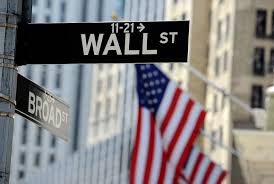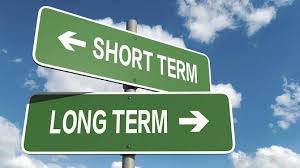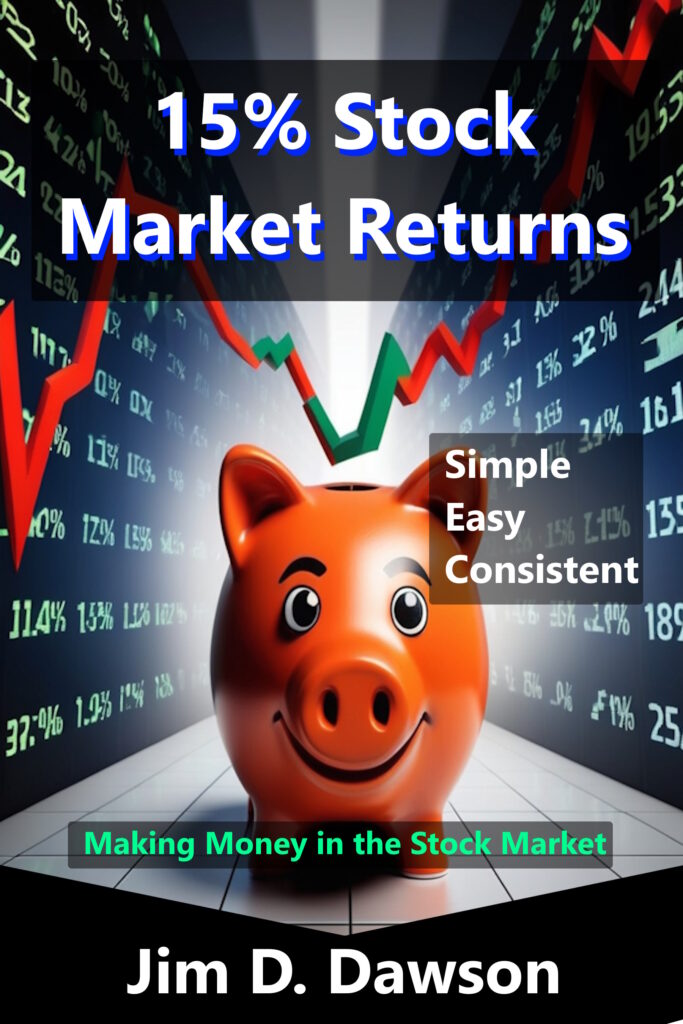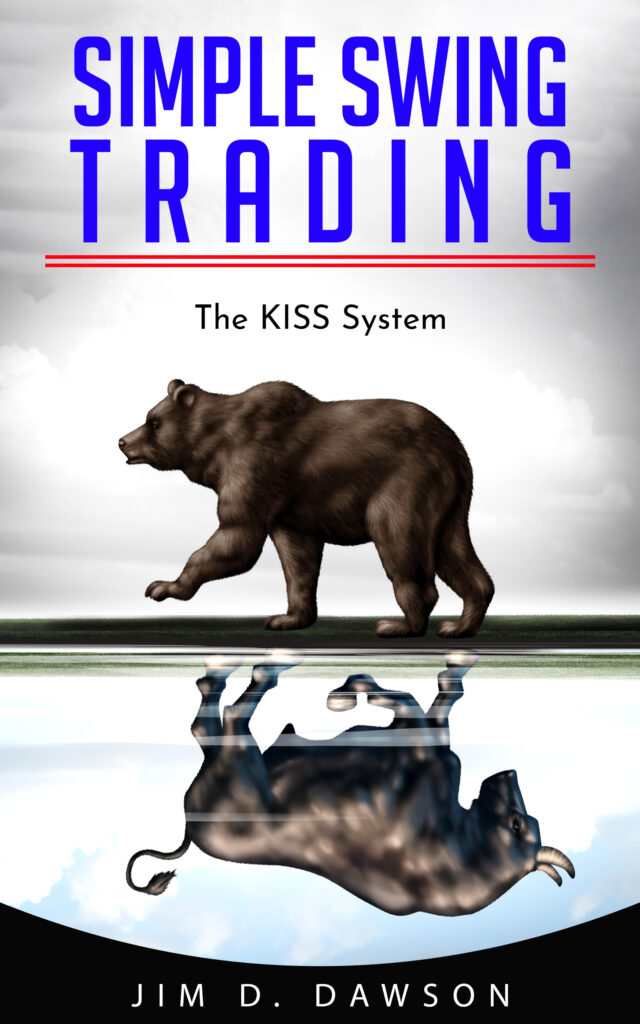Interest rates play a central role in monetary policy. In general, interest rates are responsible for determining the cost of borrowing money. Interest rate changes can have significant impacts on the stock market, bond market, and economy as a whole. Rising interest rates can cause stocks to fall and interest rates to stabilize can lead to economic growth. This blog will cover how interest rates affect stock market and bond market, what happens when interest rates rise or fall, and how expectations can impact interest rate movement.
Interest rates are monetary policy tools that influence the cost of borrowing money and thus interest rate changes can have significant impacts on stock market, bond market and even the global economy as a whole. When interest rates rise, stock prices typically fall, bond prices typically drop, and economic growth slows down. As such, it is imperative for investors to understand how interest rate changes impact stock market and bond market before investing their hard-earned money in the financial markets. In this blog post, we will cover what happens when interest rates go up or down, what stocks typically perform well when interest rates are rising or falling, and expectations around future interest rate movements.
Interest Rates: An Overview
– Interest rates are a critical factor to consider when analyzing market response to monetary policy.
Understanding how interest rates impact the stock market involves analyzing the effect of interest rates on inflation and GDP growth rate, as well as how interest rate changes affect stock prices.
– Inflation is a general upward trend in prices. It’s caused by higher prices for goods and services than the previous period. When inflation is high, interest rates are higher because it costs money to lend and borrow money. This causes investors to demand higher interest rates on their investments.
– GDP growth rate refers to an increase or decrease in economic output of a country over a period of time. It’s caused by increased production and investment, along with higher consumer spending and government spending on goods and services. When GDP growth rate is high, interest rates are also higher because it costs money to lend and borrowing money is more attractive due to high growth rate of economy.
Thus, higher interest rates lead to increased stock prices due to increased demand for stocks that invest in it. Similarly, when interest rates drop, stock prices decrease as investors’ demand for stocks decreases due to lower expected returns on stocks.
Investors should consider market dynamics when deciding whether to invest in rising interest rate environment or not. They can follow strategies like laddering funds, which involves investing small amounts of money periodically rather than investing all the funds at once in a rising interest rate environment The reason is that this strategy can help minimize risk while investing in a rising interest rate environment
The Federal Fund Rate
The federal fund rate has a direct impact on the stock market. This rate is the interest rate at which banks lend cash to each other overnight.
The federal funds rate affects borrowing costs and available cash for investment. When interest rates are lower, investors have more money to invest, which can result in higher stock prices. On the other hand, higher interest rates make it more expensive for companies to finance growth and investment, which can lead to lower stock prices. Investors can use the federal funds rate to make informed decisions about investments in the stock market.
What Happens When Interest Rates Rise?
When interest rates rise, it makes borrowing money for investments more expensive. This could cause stock prices to fall and bond prices to drop. Reduced borrowing costs could lead investors to look elsewhere for higher returns. Thus, stock prices could be less volatile and dividend payments may be reduced.
Higher interest rates can also have a negative effect on the value of the US dollar and make imports more expensive and exports cheaper. Overall, higher interest rates would affect various parts of the economy and overall market sentiment.
What Happens When Interest Rates Fall?
– Lower interest rates can lead to more consumer spending, economic growth, and stock market volatility.
– With interest rates at a low point, investors may look to stocks as a higher-return investment option. This increased demand for stocks can cause stock prices to rise.
– Low interest rates can also have a negative effect on bonds. Investors may move away from bonds in search of higher returns, causing bond prices to fall. This could negatively impact financial institutions with significant debt burdens, such as governments and corporations.
– Finally, companies with high levels of debt may be able to refinance their debts at lower interest rates, resulting in reduced interest payments and improved financial performance.
Interest Rates and the Stock Market
Before investing in stocks, it’s important to understand how changes in interest rates affect the market. Interest rates are the cost of borrowing money and are defined as the rate of interest that is charged on loans and investments. They’re a major factor in determining the prices of assets such as stocks and bonds.
When interest rates go up, investors demand higher returns from stocks to compensate for higher interest expenses. This can influence stock prices, causing the market to climb higher. Conversely, when interest rates go down, investors demand lower returns from stocks to compensate for lower interest expenses. This can also influence stock prices, causing them to fall.
It’s vital to monitor economic indicators, such as unemployment rate and inflation rate, for clues on where interest rates may be headed.
Interest Rates and the Bond Market
Understanding the basics of how interest rates affect bond prices is an essential part of understanding the stock market. Interest rates have a substantial effect on bond prices, and are one of the most important factors in determining bond market performance. Interest rates impact bond market prices due to interest rate differentials between different maturities of Treasuries. These differentials cause investors to move money from lower-yielding bonds to higher-yielding bonds, which can have a significant effect on asset prices.
When interest rates rise, it can cause market participants to sell high-yield bonds and stock funds, causing their prices to decline. Conversely, higher interest rates can also cause market participants to buy high-yield bonds and stock funds, causing their prices to rise. Research has shown that interest rate changes have the largest effects on stocks in industries that are highly sensitive to interest rates, such as financials and real estate.
These industries tend to be negatively impacted by rising interest rates because they rely more heavily on borrowed funds than other industries do. This has a bigger effect on them than it does on other sectors of the economy. So when interest rates increase, financials and real estate stocks are likely to decline more than other stocks are likely to increase.
 Impact of Expectations
Impact of Expectations
The interest rate market has a significant effect on stock market prices. This is because it influences the value of stocks, bonds, and other financial assets. When interest rates are higher, financial assets such as stocks become less valuable and vice versa. This is because interest rates provide a cost for borrowing money over time. As interest rates increase, the cost of borrowing money also increases, which can have an adverse effect on markets. The market may react by lowering the price of stocks or bonds or by increasing lending rates to compensate for higher borrowing costs.
Understand how expectations of future interest rates can drive stock prices. When investors’ expectations of future interest rates rise, their willingness to purchase financial assets decreases and vice versa. Hence, monetary policy decisions that influence interest rates have a strong influence on stock markets and financial markets in general. It is vital to analyze how changes in borrowing costs will affect companies and sectors differently.
What Stocks Go Up When Interest Rates Go Up?
When interest rates rise, the stock market tends to experience gains. Generally speaking, financial stocks such as banks and mortgage companies tend to perform well when interest rates rise, as it means higher interest income for them. They also benefit from higher stock prices due to higher interest rate earnings.
Technology stocks may also see a boost, as higher interest rates mean faster growth in the stock market. That’s because of the rising demand for technology stocks. Banks are expected to get more business, leading to higher interest rates. It makes borrowing money cheaper and gives businesses an edge over their competitors.
Similarly, utility stocks can be less affected by rising interest rates because they don’t have any high-yield debts or stock market investments (that are not yielding much). And consumer staples stocks may show varying results depending on the context of the rate increase.
For instance, if inflation rises, consumer staples can see a fall in sales and earnings too. However, if interest rates fall, consumer staples stocks can see an increase in value too.
What Happens to Growth Stocks When Interest Rates Rise?
When interest rates rise, the cost of borrowing money becomes more expensive for both individuals and businesses, which can slow economic growth. Higher interest rates also make lower-risk investments (such as stocks) more attractive, which may cause stock prices to fall. Rising interest rates can have a major impact on the market, as interest rate changes can affect stock prices and dividend payments. In general, growth stocks may be more vulnerable to higher interest rates than value stocks.
What Is the Best Investment When Interest Rates Are Rising?
If interest rates are rising, investing should be considered carefully. There are many investment options that can offer the potential for higher returns and greater stability. One of the best investments in such a scenario is dividend-paying stocks. These stocks have higher yields than other financial assets and deliver consistent returns over time. Another option is to invest in companies with strong balance sheets. These entities have a stable cash flow and earnings that can help to mitigate interest rate volatility. Another investment option is gold, bonds, and real estate. Gold has been a safe-haven asset for ages and offers high returns compared with other financial assets. Bonds provide low interest rates with high liquidity, which can protect your funds from interest rate fluctuations. Finally, investing in real estate offers an opportunity to build wealth over time through property appreciation. However, it is important to analyze each investment thoroughly before making a choice and consider all possible risks and rewards associated with it
Frequently Asked Questions
What are the effects of interest rates on stock prices?
Interest rates have a major effect on stock prices. When interest rates rise, it can lead to lower stock prices due to increased borrowing costs, which can hurt companies’ profits and stock prices. Higher interest rates can also reduce consumer spending, which can lead to a decrease in demand for goods and services from companies, thus having a negative effect on stock market performance.
Low interest rates may also cause investors to shift their investments from stocks to bonds since money held in cash or bonds will generate higher returns than stock market investments. Finally, higher inflation can be another factor that affects the stock market as it reduces the value of money over time. As inflation rises, stock prices may fall due to concerns that the market is overvalued.
How does changing interest rates affect stocks?
Interest rate changes can have a significant impact on stock prices, depending on whether rates are going up or down.
If interest rates go up, it could make stocks less attractive for investors because higher interest rates mean more expensive debt and lower profits for companies. It can also lead to a stronger U.S. dollar, which can reduce demand for U.S.-produced goods and services, leading stock prices to decrease.
On the other hand, lower interest rates can lead to an influx of investments in the stock market as borrowing costs are cheaper and returns higher than other investment vehicles. Lower interest rates tend to stimulate economic growth by making capital more readily available and encouraging businesses to increase production levels, potentially leading stock prices to go up.
Is it possible to make a lot of money from changing interest rates?
Yes, it is possible to make money from interest rate changes. The stock market can be highly affected by rate fluctuations, and prices of stocks are usually correlated with interest rate movements. For example, when rates go up, stock prices tend to go down because investors prefer saving their money in higher-yielding investments like bonds.
However, making money from interest rate changes also requires careful monitoring and analysis of the markets as well as investing strategies that take market volatility into account. Investors should be aware that interest rate fluctuations can cause increased volatility in the stock market, which may result in higher risk of losses if not managed properly.
It is important to understand how different types of investments can be affected by changing rates before making any trading decisions. This way, you can make informed decisions that maximize your profits while minimizing risks.
What is the relationship between interest rates and stock prices?
The relationship between interest rates and stock prices is complex and depends on various factors. Generally, changes in interest rates can affect stock prices.
When interest rates rise, it may make bonds more attractive to investors as an investment compared to stocks, which could lead to stock prices falling. On the other hand, when interest rates fall, it could make stocks more attractive as an investment compared to bonds, which could cause stock prices to increase.
Apart from interest rates, other market conditions such as economic growth, inflationary pressures, and geopolitical events can also influence stock prices. Therefore, it’s important to keep an eye out for these factors as well while investing in stocks.
Conclusion
Modern investors are used to interest rates rising over a period of time. However, this does not mean that stock prices always rise. For example, the market was sluggish in the first half of 2018 even as interest rates were rising. It is important to understand how interest rates affect the stock market and bond market before investing in stocks. Interest rate changes are one of the many factors that impact stock prices. All else being equal, higher interest rates would result in lower stock prices since borrowing funds would be more expensive for companies and reduce their profits. However, it is impossible to predict changes in stock prices with accuracy. Hence, investing in stocks requires thorough market analysis and understanding of how interest rate changes impact stock prices before investing.


